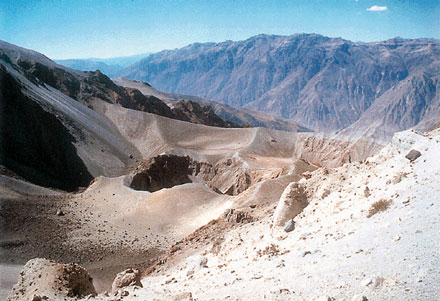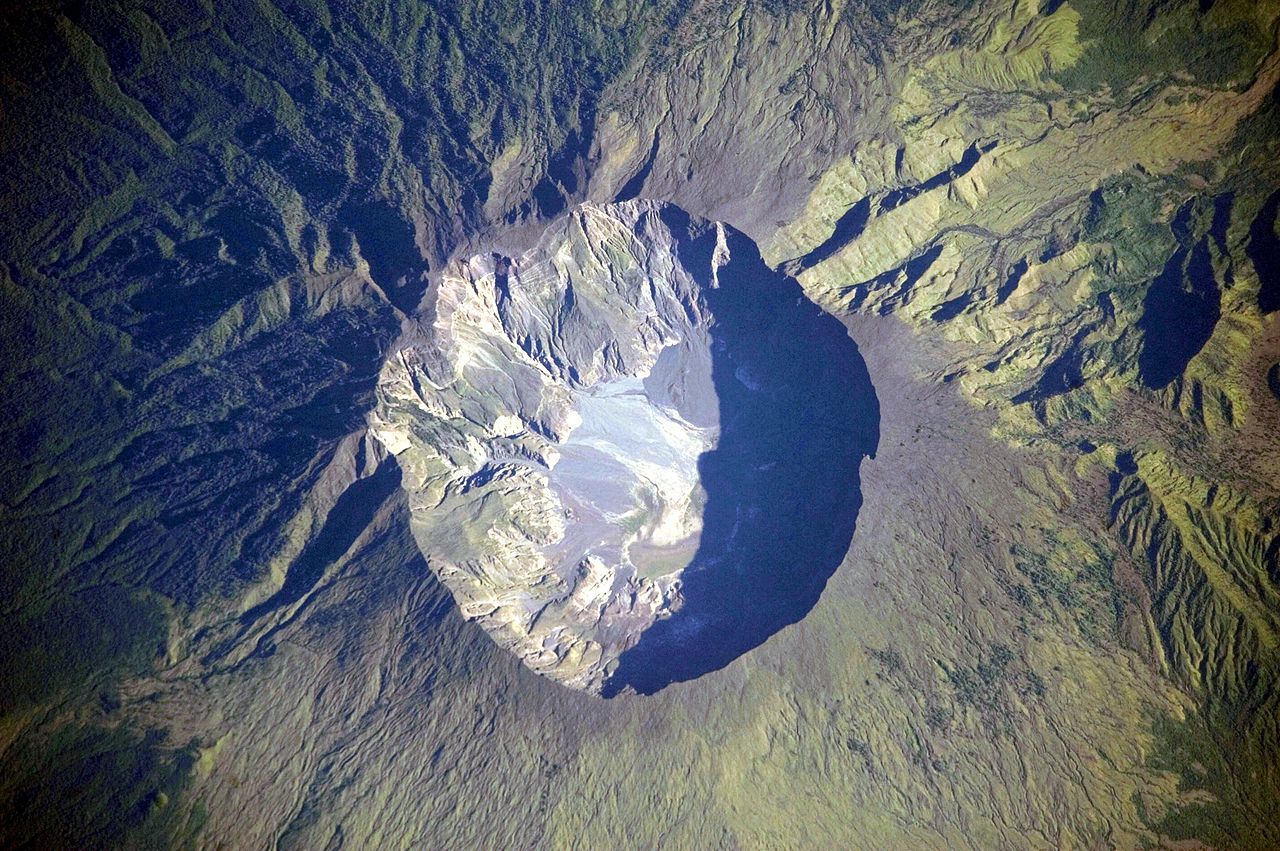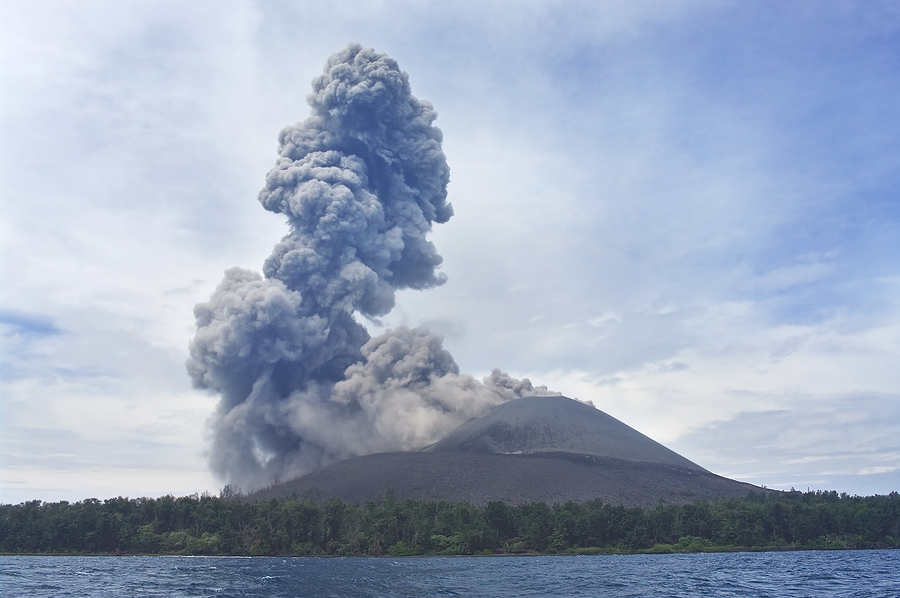Volcanic Activity and Climate
Proxy data has shown that volcanic activity can affect the climate of the local area as well as the climate of regions much farther from the volcano.
Located in southern Peru, this volcano erupted on Feb 19, 1600 sending ash into the atmosphere, which fell up to 300 miles away from the volcano and was reported up to 10” deep in some locations. The effects on climate were far-reaching:
- 1601 was the coldest year in Russia in 600 years and led to famine in the country.
- Bitterly cold winters in Europe were seen 1600-1602, wine production stopped in Germany.
- Lake Suwa in Japan had its earliest freeze in 500 years.
- Peach trees bloomed late in China.

Source: Wikipedia
The eruption of Mount Tambora, in Indonesia, was the largest volcanic eruption in recorded history on april 10, 1815. The event was so powerful it was heard on Sumatra, 1200 miles away. Evidence shows that it caused a ‘volcanic winter’ the following year that impacted the Northern Hemisphere with immense amounts of volcanic ash in the atmosphere. This ash reflected solar radiation and raised the albedo of the Earth. Crops failed and livestock died, causing the worst famine in the 19th century.

Source: Wikipedia
This volcanic island between Java and Sumatra erupted on on August 27, 1883 and was so loud it was heard up to 3,000 miles away. The four years following the eruption were unusually cold, with 1887-1888 reporting powerful blizzards and record snowfall totals. Global temperatures fell nearly 1.2°C in the year following the eruption and weather patterns were chaotic for a few years after the event.

Source: Bigstock/Oksana Byelikova